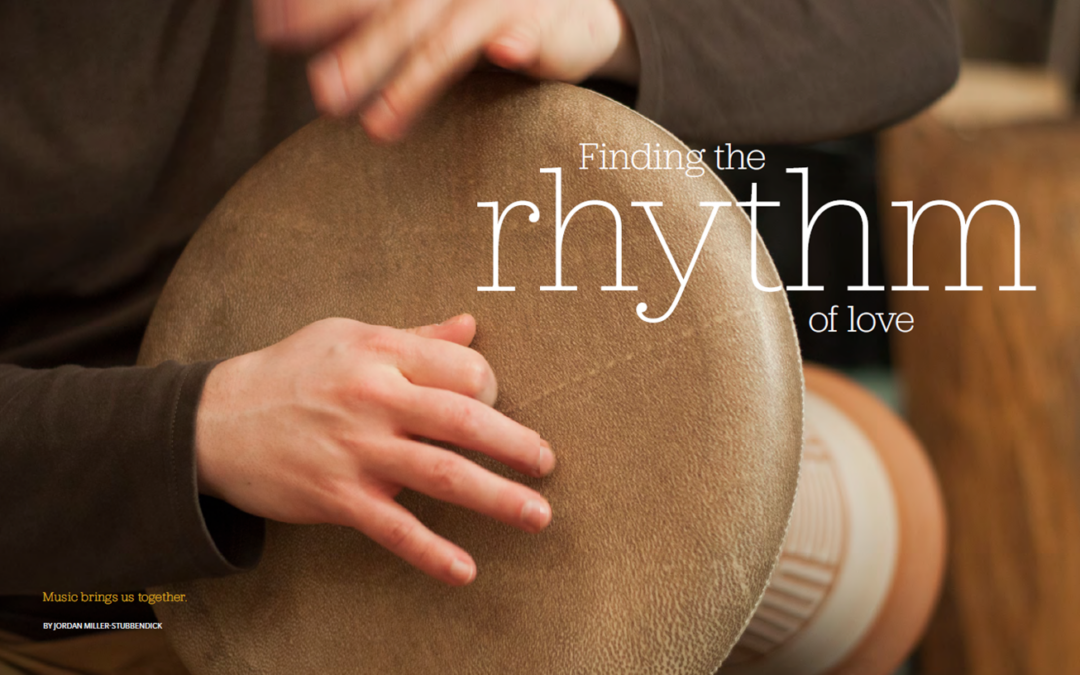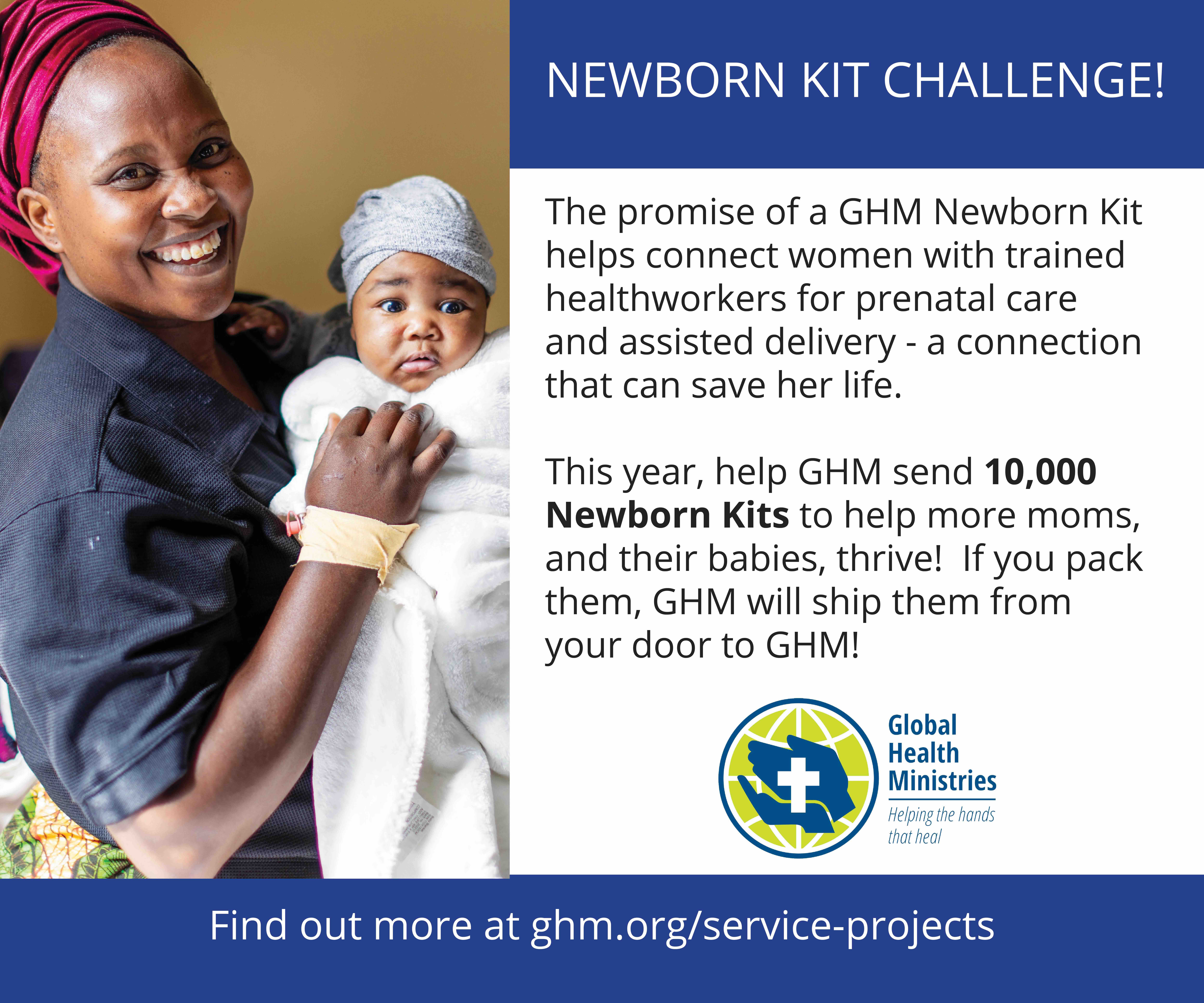By the Rev. Jordan Miller-Stubbendick
Each week I take my 2-year-old son, Julian, to a music class for young children. In socks or bare feet, we gather in a yoga studio in the basement of a Lutheran church, welcomed by the instructor, who is strumming a guitar. We sing songs that reflect a variety of musical styles, backgrounds and rhythm patterns. I am grateful for the care taken in these choices. I know my son benefits from this exposure to music, but my favorite part is watching how this diverse group of people comes together on a weekly basis around the sounds we sing and create together. To my knowledge, no one but the instructor has an official background in music, but there is most definitely space for each of us here.
As we tap and clap and play tambourines, sticks and drums, a baby who can’t yet crawl rolls on her back, wriggling to the sounds. A 3-year-old races around the room making dinosaur noises. Moms and dads sing the melody, and grandparents sit on the floor or in folding chairs, keeping the beat with their hands. Our ages span the decades, and our life experiences are varied. Yet there is a place for each of us here as we learn, grow and enjoy the music together.
Music has a unique ability to transcend boundaries of age, gender and background. My son and I make music at home and sing in the car, but there is something special about participating in music together in a public space. This is an increasingly rare activity, and I am grateful for this chance to sing and enjoy music with others. The only other place in my life I do this is at worship.
As with music class for my son, at worship I gather with a diverse group of people to sing and make music. There is less running around in the sanctuary, and no one makes dinosaur noises, but there is greater depth and meaning behind the purpose for our gathering. Over weeks, months and decades, the music of the liturgy and the hymns soaks into our collective memory, shaping and forming us as God’s beloved people. I often look out into the sanctuary to find people with their eyes closed, singing a portion of the liturgy or a beloved hymn from memory.
BROUGHT TOGETHER
Singing certain hymns in worship can bring me back to other times and places I have heard them. When I sing “How Great Thou Art,” I am 10 years old in my grandparents’ house in Edina, Minnesota, standing between my mother and uncle around the piano as my grandmother’s practiced hands coax the melody from the keys, and we all sing along. Upon hearing “Now Thank We All Our God,” I am in my wedding dress, holding hands with my new husband as we walk down the aisle after our ceremony. And the first notes of “Silent Night” take me back to the days when I sang my newborn son, Julian, to sleep on dark winter nights.
Music transports us back in time, binding us together as few other things can. It holds power to bring us into community and create a place for all people. The congregation I serve is in the middle of the city. On a regular basis, we are joined in worship by neighbors who sometimes lack permanent housing and often deal with health challenges or other issues. Sometimes they are in need of food or other life essentials, but often they come to sing with other people in community. The music is a balm for their weary souls, giving them respite from the many cares weighing on their minds and in their hearts.




beautiful, I’m sharing this widely in the congregation – with choir members, parents & grandparents of young ones, and of course with our Coordinator of Music Ministries! Thank you.
We are so glad you are sharing the piece with those in your congregation and community!